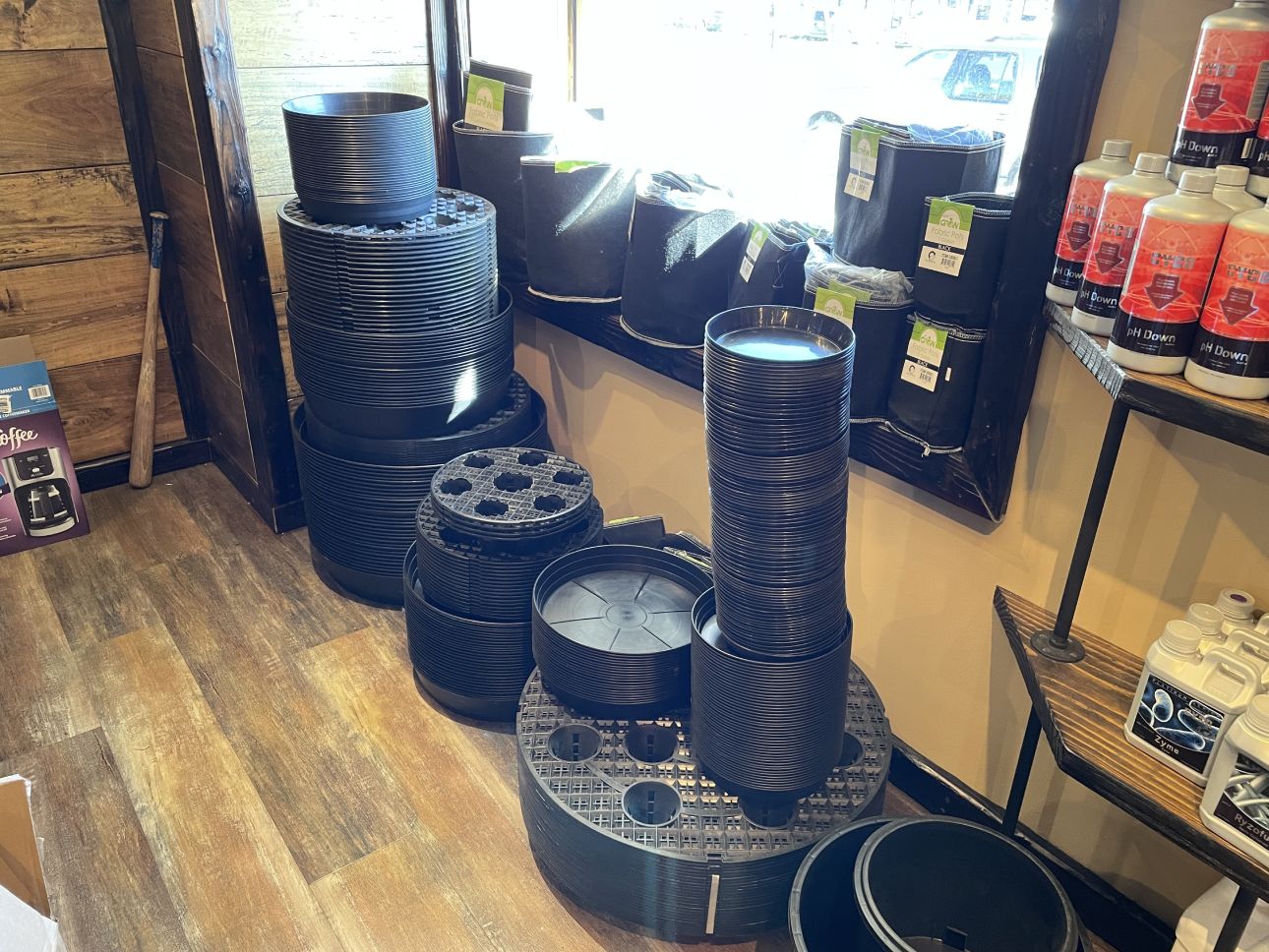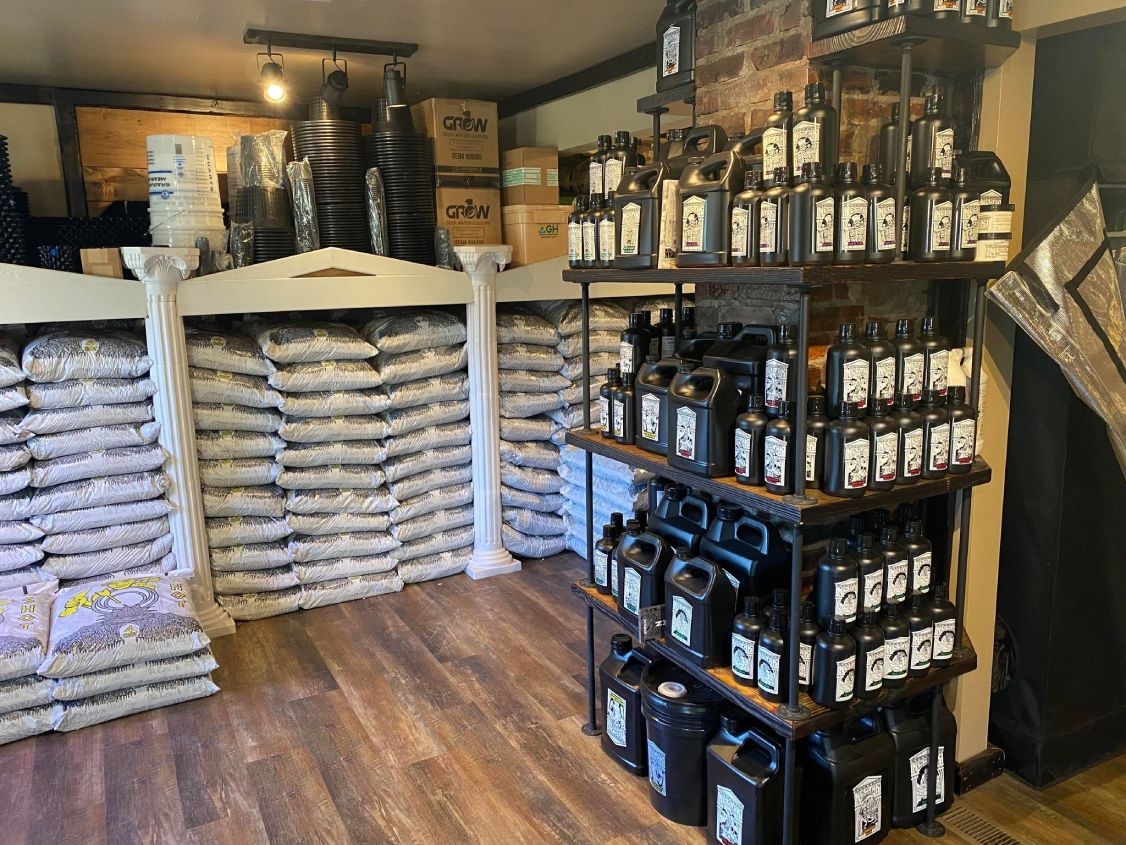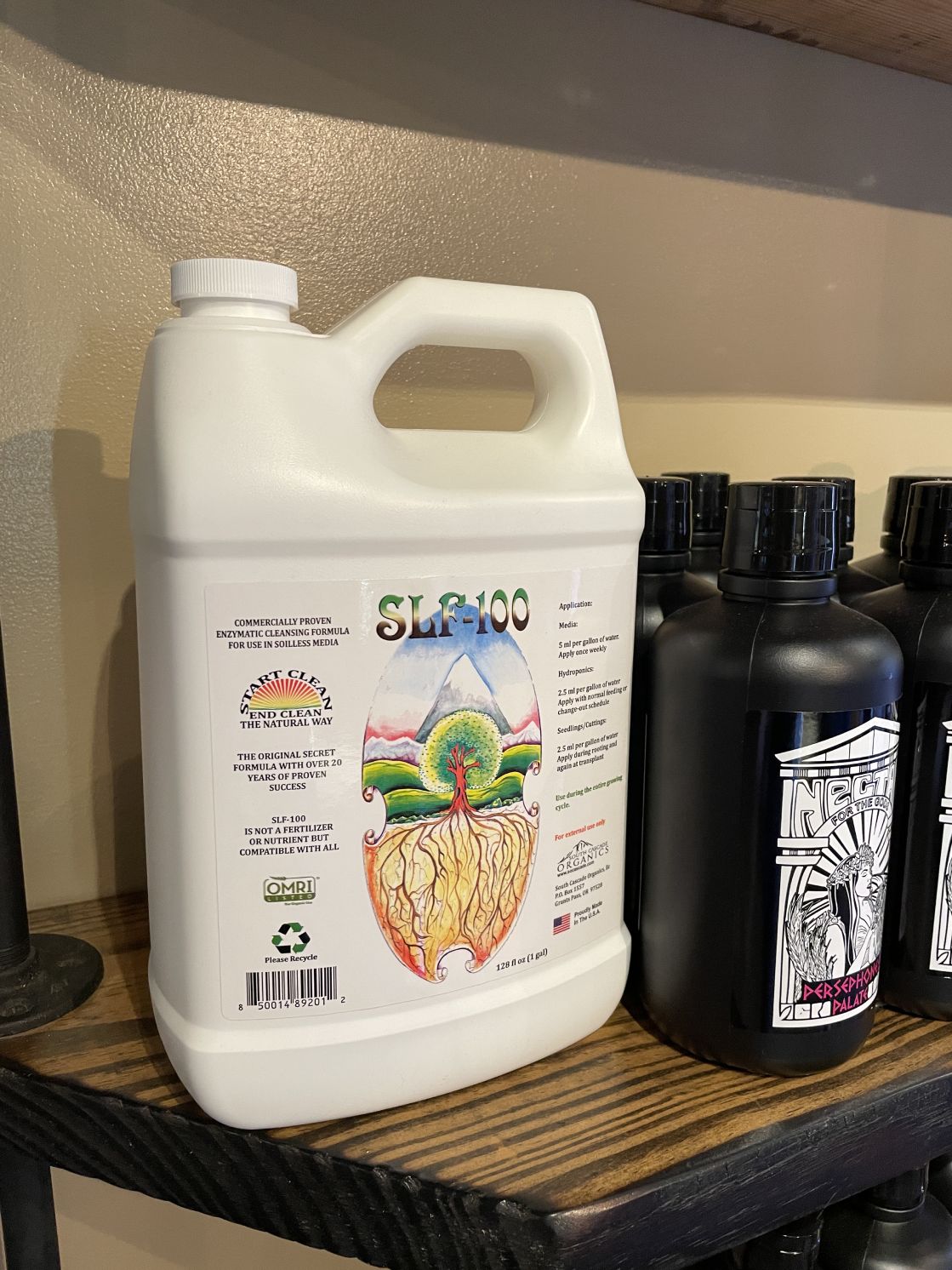Achieve Gardening Success with The Indoor Earthworm's Growing Method
Achieve Gardening Success with The Indoor Earthworm's Growing Method
Blog Article
Opening the Potential of Hydroponics: Comprehending Its Makes Use Of and Various Kinds
Hydroponics, a technique of cultivating plants without soil, has garnered enhancing attention for its prospective to revolutionize agriculture and cultivation techniques. The precision control over nutrient shipment, water usage, and environmental variables offers a look right into a future where food production can be maximized in various setups. As we navigate with the intricate landscape of hydroponic systems and strategies, it becomes evident that each method holds distinctive advantages and constraints. By unwinding the varied usages and types of hydroponics, we can discover a globe of possibilities that might reshape exactly how we envision sustainable farming and horticulture techniques.
Advantages of Hydroponic Equipments

Another benefit of hydroponic systems is the capability to expand plants in a smaller room. Hydroponic systems minimize the threat of soil-borne illness and bugs, as there is no dirt to nurture these threats.
Typical Uses in Agriculture

Offered the effective water conservation and space-saving advantages of hydroponic systems, it appears that these cutting-edge farming approaches have actually found typical usages in numerous markets of farming. In conventional agriculture, soil-based farming can be labor-intensive and land-consuming. Hydroponics offers a solution by enabling plants to be expanded without dirt, lowering water usage by approximately 90% compared to standard farming approaches. This makes hydroponics specifically ideal for regions dealing with water shortage or minimal cultivatable land. The regulated atmosphere of hydroponic systems allows year-round cultivation, offering a regular supply of fresh fruit and vegetables no matter of external weather conditions.
Hydroponics is commonly utilized for expanding a variety of plants, including leafy environment-friendlies, tomatoes, cucumbers, peppers, herbs, and strawberries. Its versatility encompasses upright farming, urban farming, and greenhouse manufacturing. Additionally, hydroponic systems are used in research and instructional settings to research plant development, nourishment, and farming strategies. The flexibility and performance of hydroponics make it a beneficial device in contemporary farming, dealing with the difficulties of sustainability, food security, and resource optimization.
Discovering Various Hydroponic Methods
What are the various innovative strategies made use of in hydroponics to boost crop growing performance and produce? Hydroponic systems supply a variety of methods that satisfy various plant types and growing objectives. One preferred technique is the Deep Water Culture (DWC) system, where plant roots are immersed in a nutrient option, giving adequate oxygen and nutrients. One more extensively made use of method is the Nutrient Film Method (NFT), which entails a shallow stream of nutrient option flowing over the plant origins, promoting water and nutrient uptake. Furthermore, the Ebb and Flow system, additionally referred to as the Check Out Your URL Flood and Drainpipe system, intermittently floodings the plant roots with nutrient solution, enabling oxygenation during draining periods. Aeroponics is one more cutting-edge technique that includes misting plant roots with a nutrient remedy, optimizing oxygen absorption and nutrient uptake. Each of these methods showcases the flexibility and efficiency of hydroponic systems in enhancing plant growth and yield.
Comparing Various Hydroponic Solutions
Discovering the performance and yield enhancement strategies in hydroponics leads us to compare various hydroponic systems available for plant cultivation. Each hydroponic go to the website system has its unique attributes, benefits, and constraints, making it crucial for growers to select the most my link suitable system based on their particular requirements and restrictions.
Among the most common hydroponic systems is the nutrient movie technique (NFT), where a slim film of nutrient solution continuously moves over the plant origins. This system is valued for its water effectiveness and suitability for expanding leafed greens and herbs. On the other hand, the deep water culture (DWC) system submerges plant origins directly into the nutrient option, giving adequate oxygen and nutrients. The DWC system is affordable and relatively straightforward, making it a preferred choice for beginners.
An additional preferred hydroponic system is the ebb and flow (or flood and drainpipe) system, which periodically floods the plant origins with nutrient remedy prior to draining it. By recognizing the differences in between these hydroponic systems, farmers can make educated decisions to take full advantage of plant return and top quality.
Technologies in Hydroponic Modern Technology
With advancements in hydroponic innovation, the farming industry is experiencing a shift towards much more lasting and reliable farming approaches. Technologies in hydroponic technology are revolutionizing the method plants are grown by making best use of yields, preserving sources, and decreasing ecological effect. One vital development is the development of smart hydroponic systems that make use of sensors and automation to check and adjust ecological conditions such as pH degrees, nutrient focus, and light direct exposure in real-time. These systems enable specific control over expanding conditions, causing ideal plant development and greater crop returns.
An additional significant advancement is the integration of upright farming methods with hydroponic systems, enabling for the growing of crops in piled layers. This vertical technique takes full advantage of room usage, making it excellent for metropolitan atmospheres where land schedule is restricted - The Indoor Earthworm. Furthermore, using innovative LED illumination systems customized to certain plant requirements has actually boosted energy performance and boosted growth prices in hydroponic setups
Innovations like these are driving the advancement of hydroponics, making it a lasting and very appealing alternative for contemporary farming.
Conclusion
Finally, hydroponics provides numerous benefits in farming and has different techniques and systems that can be made use of to optimize its capacity. Innovations in hydroponic technology remain to enhance performance and sustainability in food production. By recognizing the uses and different kinds of hydroponic systems, farmers and cultivators can unlock the complete possibility of this cutting-edge method of expanding plants without soil.
Furthermore, hydroponic systems enable for far better control over nutrient levels, pH balance, and ecological problems, leading to healthier plants and greater returns.

Report this page